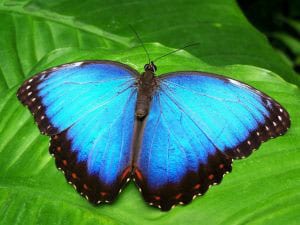Clinical-stage biotechnology company Abeona Therapeutics (“Abeona”) is working to develop a novel cell therapy for people living with recessive dystrophic epidermolysis bullosa (RDEB), a rare genetic skin disorder characterized by fragile, easily blistered skin. This therapy is called prademagene zamikeracel (pz-cel) and is described by Abeona as:
an autologous, engineered cell therapy [that] involves using gene transfer to deliver COL7A1 genes into an RDEB patient’s own skin cells (keratinocytes) and transplanting them back to the patient to enable normal Type VII collagen expression and skin function. Pz-cel has the potential to be the only durable treatment to address large chronic wounds, which are the most painful and debilitating.
So far, pz-cel has performed fairly well in clinical studies. A Phase 1/2a clinical study found pz-cel to be well-tolerated. This same study suggests that the experimental cell therapy improved wound healing and reduced pain associated with wounds. Additionally, the treatment contributed to durable and sustained Type VII collagen expression even two years following treatment. In the Phase 3 VITAL clinical trial, researchers found similar results: efficacy in wound healing and pain reduction, as well as a good safety and tolerability profile.
However, reports Ben Fidler in Biopharma Dive, these promising results have not led to an FDA approval. Instead, the FDA issued a complete response letter to Abeona. A complete response letter, while not necessarily a rejection in its own right, means that the FDA will not approve a drug application as it stands without more information from the drug developer.
In this case, the FDA has asked Abeona for additional manufacturing data and information on how pz-cel is developed. The FDA does not have any issues with the clinical trial results; Abeona will not have to run an additional trial. Abeona plans to provide manufacturing data, report validation for production processes, and release testing later this year. However, since the company cannot meet the May 25, 2024 decision deadline, the FDA has rejected the application at this point.
But not all is lost. The FDA has shared that, once Abeona resubmits the application, the regulatory agency will not take six months to review. Abeona plans to resubmit by Q3 this year.
The Facts on Recessive Dystrophic Epidermolysis Bullosa
Recessive dystrophic epidermolysis bullosa falls under the greater category of epidermolysis bullosa caused by COL7A1 gene mutations. This gene provides instructions to make a protein called type VII collagen, which provides structure and strength to connective tissue. Since people with RDEB lack type VII collagen, or don’t have enough functional type VII collagen, their skin is fragile and can blister or tear with minor friction. RDEB is inherited in an autosomal recessive pattern. This means those affected must inherit one defective gene from each parent. People with RDEB may have areas of missing or blistered skin all over their body, even on mucous membranes. These areas may scar, causing slowed growth and feeding difficulties. Additional symptoms include malformed or missing fingernails and toenails, uveitis (eye inflammation), joint contractures, an increased risk of infections, fused skin between the fingers and toes, and a higher risk of developing a cancer called squamous cell carcinoma. These can vary in presentation and severity depending on the person and the specific form of dystrophic epidermolysis bullosa they have.







